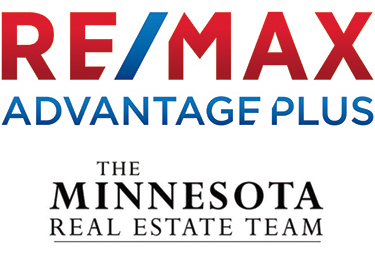New Listings and Pending Sales
Inventory
Weekly Market Report
 For Week Ending September 13, 2025
For Week Ending September 13, 2025
In a rare shift for the U.S. housing market, new homes have become more affordable than existing homes. According to the U.S. Census Bureau, the median sales price of a new home was $403,800 in July, compared to $422,400 for an existing home. New-home prices have declined year-over-year for eight consecutive quarters, while existing-home prices have continued to rise.
IN THE TWIN CITIES REGION, FOR THE WEEK ENDING SEPTEMBER 13:
- New Listings increased 7.4% to 1,570
- Pending Sales increased 5.2% to 892
- Inventory increased 0.5% to 10,517
FOR THE MONTH OF AUGUST:
- Median Sales Price increased 2.8% to $400,000
- Days on Market increased 5.0% to 42
- Percent of Original List Price Received remained flat at 98.7%
- Months Supply of Homes For Sale decreased 3.6% to 2.7/li>
All comparisons are to 2024
Click here for the full Weekly Market Activity Report. From MAAR Market Data News.
Mortgage Rates Continue to Move Down
September 18, 2025
Mortgage rates decreased yet again this week, prompting many homeowners to refinance. In fact, the share of mortgage applications that were refinances reached nearly 60%, the highest since January 2022.
Information provided by Freddie Mac.
New Listings and Pending Sales
Inventory
Weekly Market Report
 For Week Ending September 6, 2025
For Week Ending September 6, 2025
U.S. housing starts rose to a five-month high, climbing 5.2% month-over-month and 12.9% year-over-year to a seasonally adjusted annual rate of 1,428,000 units, according to the U.S. Census Bureau. The gain was driven primarily by multi-family starts, which surged 11.6% from the previous month to 470,000 units, while single family starts increased 2.8% to 939,000 units.
IN THE TWIN CITIES REGION, FOR THE WEEK ENDING SEPTEMBER 6:
- New Listings increased 8.2% to 1,574
- Pending Sales increased 6.5% to 825
- Inventory increased 1.4% to 10,325
FOR THE MONTH OF AUGUST:
- Median Sales Price increased 2.8% to $399,999
- Days on Market increased 5.0% to 42
- Percent of Original List Price Received remained flat at 98.7%
- Months Supply of Homes For Sale decreased 3.6% to 2.7/li>
All comparisons are to 2024
Click here for the full Weekly Market Activity Report. From MAAR Market Data News.
Mortgage Rates Drop
September 11, 2025
The 30-year fixed-rate mortgage fell 15 basis points from last week, the largest weekly drop in the past year. Mortgage rates are headed in the right direction and homebuyers have noticed, as purchase applications reached the highest year-over-year growth rate in more than four years.
Information provided by Freddie Mac.
New Listings and Pending Sales
- « Previous Page
- 1
- …
- 4
- 5
- 6
- 7
- 8
- …
- 120
- Next Page »







